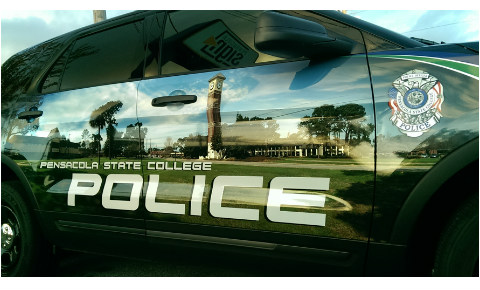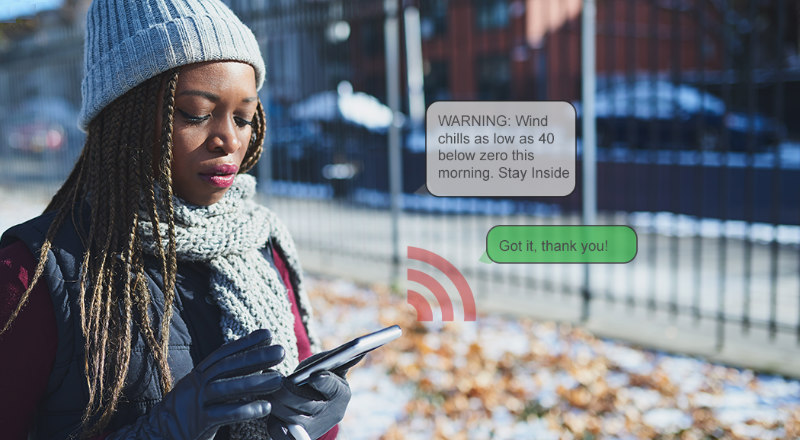With life-threatening storms, extreme temperatures, wildfires and mass shootings seemingly on the rise around the world, more local governments are turning to mobile emergency alerts and other mobile mass alerts as a better way to reach lots of people in less time.
Since so many people everywhere now spend hours a day on their smartphones, mobile mass alerts about emergencies and important day-to-day communications are a no-brainer to reach as many people as possible at the right moment. By contrast, the days of reverse-911 to landline phones and mass emails to desktop PCs are now long over.
Scenarios where local or state governments would need to notify thousands or millions of people include: dangerously cold weather, dangerous storms, floods, tornadoes, wildfires, toxic spills, power outages, road closures and local campus closures or lockdowns.
 Unfortunately, campus lockdowns too often happen due to mass shooter reports — but mobile mass notifications can alert people about active shooters in seconds. In late 2018 for example, the campus police department at Florida’s Pensacola State College used mobile emergency alerts from mass notification provider Regroup to put a satellite campus on an emergency lockdown and avert possible violence. As a result, the suspect making threats was arrested, and nobody was hurt.
Unfortunately, campus lockdowns too often happen due to mass shooter reports — but mobile mass notifications can alert people about active shooters in seconds. In late 2018 for example, the campus police department at Florida’s Pensacola State College used mobile emergency alerts from mass notification provider Regroup to put a satellite campus on an emergency lockdown and avert possible violence. As a result, the suspect making threats was arrested, and nobody was hurt.
Mobile mass alerts tips & best practices
Since mobile emergency alerts and other mobile mass notifications are new to many local governments, we’ve rounded up a few key tips and best practices, courtesy of Regroup and local government applications provider CivicPlus. Here are their mobile mass alerts tips:
Separate and target your lists. Message managers such as emergency personnel and IT experts need to separate the day-to-day informational lists from lists of people who need to be informed in case of emergencies. This reduces the unsubscribe rates, and means members of the public who may not desire regular information will still be kept safe in the case of an emergency.
Create custom, opt-in categories. A good mass notification service should have a “text to join” feature, making it easy for people to self-select the information they are most interested in. A sailor may be interested in tide conditions, while a trucker may want to know about icy conditions on the roads, and both of them may need information about evacuations or extreme weather events. With Regroup for example, you can make it easy for disparate groups of to self-select. Geofencing technology can reach the right group of people when seconds count.
Be brief. When sending out push notifications or SMS texts, it’s important to keep the messages short and to the point. Important actionable information — such as “head to higher ground” or “shelter in place” — should be included and easy-to-find. We find that 320 characters are a good limit, and 160 is even better. Templates can be used in advance, so admins can send out critical information to tens of thousands of people in just two taps.
Let people reply. Mass notifications are not a one-way street. Allowing for two-way communication — letting your recipients reply to your messages — can be critical. With Regroup, recipients can reply to notifications, sending potentially critical and even life-saving information in real time to account administrators. If further action or emergency services are needed, admins will know about it in a timely manner.
These mobile mass alerts tips come from a recent online seminar (webinar) hosted by CivicPlus and Regroup about mobile mass notifications best practices. You can access the webinar content here, find out more about Regroup here, and more on CivicPlus here.





